After years of rolling our eyes every time our moms and teachers told us to sit and stand up straight, it turns out that we should have paid a little more attention. Once we hit our 30s, things go ‘downhill’, and our posture gradually starts to change… Your body becomes more stooped, we lose height and even our walk changes. The good news is that by simply improving your posture, you can reap plenty of health benefits – including a confidence boost! Before you poo-poo the idea of good posture as anything more than ‘just a good thing to have’ read on to see why it’s actually a crucial part of aging well.
Why posture changes with age
As we age, our bodies change. No secret there, right? But sometimes there are changes that we don’t notice until we catch ourselves in a mirror or look at someone young and spritely and think, when the heck did that happen.! Very often, posture is one of those things. The vertebrae, joints and muscles along our spines tend to grow weaker and collapse a bit. If we don’t pay attention to keeping our spines strong and in alignment, we run the risk of developing a rounded belly, difficulty breathing and leave us looking and feeling much older. Over time, our spines can even develop a permanent curve called kyphosis.
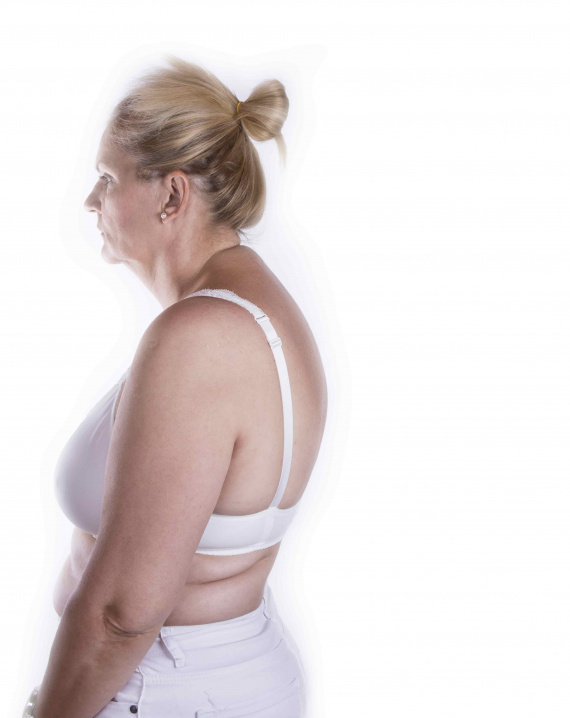
Worst-case scenario, we develop Hyperkyphosis – picture the hunched ol’ lady walking across the street – an excessive curvature of the thoracic spine. This can cause further health problems, such as:
- Mild to chronic pain
- Balance problems
- Breathing issues
- Difficulty in completing everyday tasks
But, hyperkyphosis isn’t inevitable. Quite the opposite. By practicing good posture habits you’ll be able to prevent these posture-related problems.
What is good posture?
Good posture is all about how you hold your body – whether that’s when you’re moving (dynamic posture) or when you’re still, like when sitting, standing and sleeping (static posture). The spine has three natural curves at the neck, mid-back and lower back. When you have good posture, you should have what is known as a neutral spine – this is when the natural curves along your spine are in proper alignment, resulting in minimal stress on your spine.
Check in your posture.
Sit and stand how you normally would comfortably. Then make the following adjustments:
If you are sitting:
- Feet should rest flat on the floor, facing forward, with your weight evenly distributed on both hips
- Shoulders relaxed and in line with your ears
- Back mostly straight
- Body relaxed (note: stomach not sucked in)
When standing:
- Stand up straight and tall
- Feet about shoulder-width apart
- Knees slightly bent
- Your weight mostly on the balls of your feet
- Stomach pulled in
- Your head level, chin slightly up (don’t tip your head back)
- Shoulders relaxed and your arms hanging naturally at your sides
If this isn’t you, this is your notice!
Here’s what happens when your fix your posture
Once you correct your posture you’ll immediately feel the difference. As we say, posture is one of those things that catches you off guard, but we’re here to tell you to it’s worth paying attention to now.
You’ll experience less pain and aches, you’ll breathe easier, you’ll move better and you’ll be less prone to balance-related injuries. Plus, good posture can make you look thinner and will instantly shave off a few years. Not to mention the other health benefits like:
- Reduced lower back pain
- Fewer headaches and migraines
- Boosted energy levels
- Less tension in your joints and ligaments
- Improved digestion and circulation
- Strengthened core and upper back muscles
- Better lung capacity
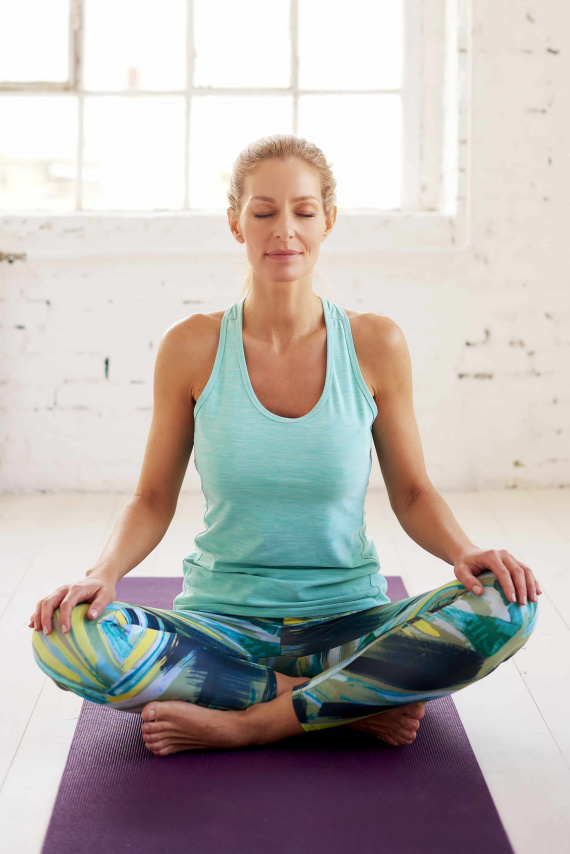
Added bonus: an experiment by San Francisco State University showed that sitting up straight, especially when tackling difficult tasks, can even boost brain function and increase your confidence.
Integrated Movement Routines to improve your posture
Of course, the first step to improve your posture is taking note of how you sit and stand, then correcting it.
Naturally, movement affects our muscles and Often, the exercises we do only target specific muscles. This can lead to an injury or it can strengthen one side of the body more than the other. Both of which can interfere with your alignment and therefore your posture.
This is where Integrated Movement Routines (IMRs) come into play.
Integrated Movement Routines (IMRs) work on how we move naturally in our everyday lives. In just 15 minutes, IMRs:
- teach your joints, tendons, and muscles to work together in the way they were designed to move.
- work on your body as an integrated whole rather than just specific muscles
- improve your balance and posture, boost your mood, and keep your brain sharp.
In addition to fixing your posture, a few lifestyle changes can compound the improvement you’ll see in your body. Try eating a plant-forward diet, introducing calcium supplements, limiting your alcohol use and avoiding tobacco.
Our bodies go through so many changes as we age, including our posture, but with a few simple lifestyle changes and just 15 minutes a day of IMRs, you’ll be standing taller than ever.




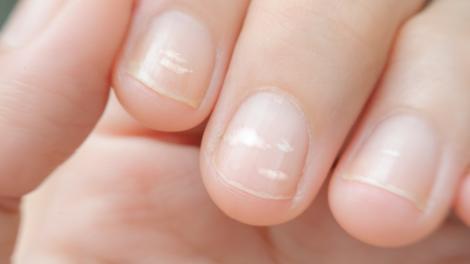
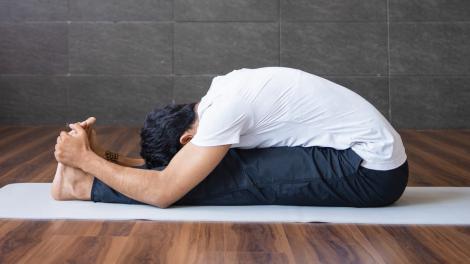


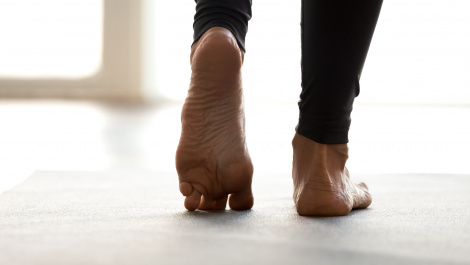
Comments